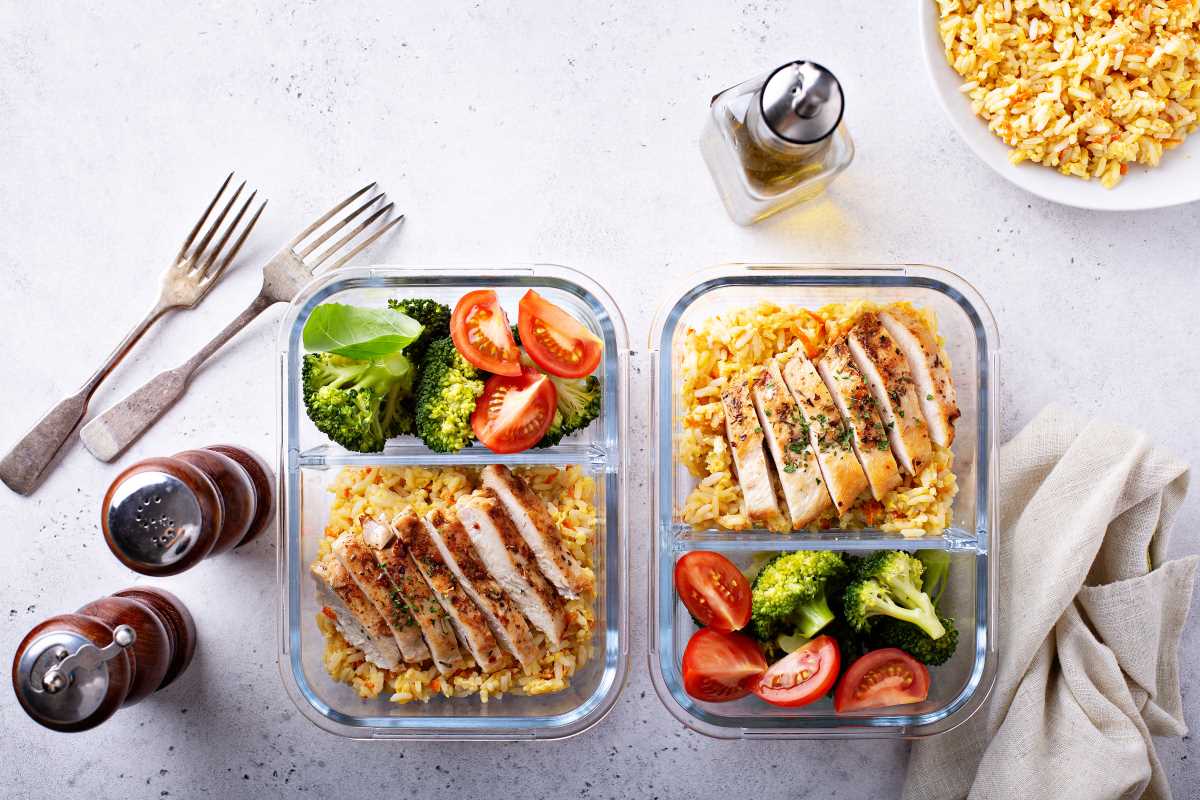Eating healthier doesn’t have to mean giving up all your favorite foods or dramatically overhauling your diet overnight. In fact, making small, gradual changes is often the best way to create lasting habits. Instead of aiming for perfection, focus on progress. Little tweaks to your meals can make a big difference over time, and the beauty of this approach is that it feels sustainable and, dare we say, fun!
If you’re ready to dip your toes into a healthier lifestyle without going all in just yet, here are some simple, approachable ways to get started.
1. Sprinkle in More Vegetables
Adding more vegetables to your diet doesn’t have to be a chore. It’s all about sneaking them into meals you already love.
- Blend them into smoothies: Spinach and kale practically disappear when blended into a fruity smoothie. Add a handful to your favorite mix, and you won’t even notice they’re there.
- Boost your pasta dishes: Veggies like zucchini, mushrooms, and spinach pair beautifully with marinara or creamy pasta sauces. Dice them up and toss them in.
- Upgrade your breakfast: Mix chopped veggies like bell peppers, onions, or tomatoes into your scrambled eggs or omelets. Bonus points for adding avocado on top for healthy fats!
- Snack smarter: Swap out salty chips for crunchy options like baby carrots, cucumber slices, or sugar snap peas with a good dip like hummus or guacamole.
Start small by adding one extra vegetable to a meal each day, and you’ll soon notice your plates getting more colorful and nutrient-packed.
2. Choose Healthier Swaps
Healthy eating isn’t about cutting out foods you enjoy; it’s about finding satisfying alternatives that are just a bit better for you. Small swaps can make a big impact without feeling restrictive.
- Switch white bread for whole grain or sourdough: Whole-grain bread packs more fiber, while sourdough has added gut-health benefits.
- Try Greek yogurt instead of sour cream or mayo: It’s creamy, tangy, and packed with protein while being lower in fat.
- Swap sugary drinks for flavored water or herbal teas: Add a splash of lemon, cucumber, or mint to your water for flavor without the extra sugar.
- Use zucchini noodles or spaghetti squash as pasta alternatives: You don’t have to replace all your pasta, but swapping just a portion can be a great start.
- Go for baked over fried: If you can bake your fries, chicken, or even tortilla chips, you’ll cut down on the oil without sacrificing flavor.
The trick is to find swaps you actually enjoy, so experiment until you find what works for you.
3. Focus on Additions, Not Restrictions
One common mistake when trying to eat healthier is focusing too much on what you “shouldn’t” eat. Instead, think about what you can add to your meals to increase their nutritional value.
- Add protein to every meal: Whether it’s eggs, beans, tofu, chicken, or nuts, protein keeps you fuller longer and helps curb mid-meal cravings.
- Sprinkle seeds or nuts on salads, oatmeal, or yogurt: Chia seeds, flaxseeds, and almonds add a tasty crunch and a boost of healthy fats or omega-3s.
- Include a side salad with lunch and dinner: Even a small salad with spinach, tomatoes, and a light vinaigrette can make a difference.
- Start with water-rich snacks: If you’re hungry between meals, choose something hydrating like fruit, cucumbers, or a bowl of broth-based soup.
By focusing on what you’re adding rather than what you’re avoiding, you’ll feel more satisfied and less restricted.
4. Experiment with Healthier Recipes
If cooking isn’t your thing, don’t worry! You don’t need to spend hours in the kitchen to make nutritious, delicious meals. Start by trying one or two healthier recipes a week and see what you like.
- Find simple one-pan or sheet pan recipes that combine lean proteins, vegetables, and spices all in one. It’s less cleanup and still delicious.
- Explore delicious comfort food makeovers like baked sweet potato fries, cauliflower crust pizza, or black bean brownies.
- Try experimenting with new grains, such as quinoa, farro, or bulgur. You can use them as a base for bowls, salads, or as a side dish.
- Get creative with homemade snacks, like energy balls made from dates, oats, and nut butter, or roasted chickpeas for a crunchy treat.
Cooking can be a fun way to discover healthier options, and you might even discover some new favorites along the way.
5. Make Healthy Eating Convenient
One of the biggest barriers to eating better is the dreaded “I don’t have time.” We’ve all been there! But the truth is, with a bit of prep and thought, healthy choices can actually save time.
- Meal prep your basics: Roast a big tray of veggies, cook a batch of quinoa, or bake chicken breasts at the start of the week so you have building blocks for quick meals.
- Prep your snacks: Slice fruit, portion out nuts, or whip up hummus so you’re ready to grab something healthy when hunger strikes.
- Keep healthy options visible: A fruit bowl on the counter or pre-chopped veggies in the fridge makes it more likely you’ll reach for them.
- Plan ahead: Choose a few go-to meals for the week and shop for ingredients in advance. This helps you avoid the temptation of less-healthy delivery options.
Making healthy eating convenient sets you up for success and minimizes decision fatigue during busy days.
6. Don’t Give Up Your Treats
Eating healthier doesn’t mean giving up the foods you love entirely. It’s about balance and learning to enjoy treats in moderation without guilt.
- Make “treat yourself” moments intentional: Instead of snacking mindlessly, give yourself permission to truly enjoy a dessert or indulgent meal.
- Try healthier versions of your favorites: Love brownies? Make a fudgier version with black beans (yes, really!). Adore ice cream? Blend frozen bananas and berries into a creamy alternative.
- Pair treats with something nourishing: For example, have a small slice of cake alongside a cup of green tea or a piece of dark chocolate with mixed nuts.
Allowing yourself space for indulgence is key to feeling balanced and motivated rather than deprived.
7. Remember, Progress Over Perfection
It’s easy to fall into an all-or-nothing mentality, but the truth is, every little step toward healthier eating counts. If you have a day where you eat nothing but pizza and cookies, it’s okay. What matters most is consistency over time—not perfection every single day.
Celebrate your small victories, like choosing water over soda at lunch or adding a handful of spinach to a smoothie. And give yourself grace when things don’t go as planned. Healthy eating is a long game, and there’s no finish line.
Start with one or two changes this week and build from there. Add an extra veggie here, swap an ingredient there, or try a new recipe that excites you. Before you know it, these small steps will become habits, and eating well will feel as natural as it does satisfying.







